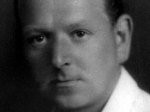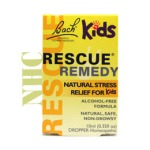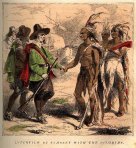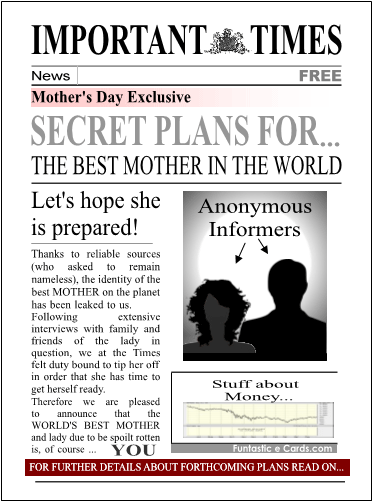
Tag Archives: History
Flower Remedies Heal Our Bodies: What are “Flower Remedies?”: What Children Do!®
Bach flower remedies are dilutions of flower material developed by Edward Bach, an English bacteriologist, pathologist and homeopath, in the 1930s.[1] Bach believed that dew found on flower petals retain healing properties of that plant.[2] The remedies are intended primarily for emotional and spiritual conditions, including but not limited to depression, anxiety, insomnia and stress.
The remedies contain a very small amount of flower material in a 50:50 solution of brandy and water. Because the remedies are extremely diluted they do not have a characteristic scent or taste of the plant. It is claimed that the remedies contain “energetic” or “vibrational” nature of the flower and that this can be transmitted to the user.[3] Bach flower remedies are considered vibrational medicines, and rely on a concept of water memory. They are often labeled as homeopathic because they are extremely diluted in water, but are not true homeopathy as they do not follow other homeopathic precepts such as the law of similars or the belief that curative powers are enhanced by shaking and repeated diluting (“succussion”) (http://en.wikipedia.org/wiki/Bach_flower_remedies).
The First Thanksgiving & The Mayflower Ship: What Children Do!®
Voyage on the Mayflower
The Mayflower has a famous place in American history as a symbol of early European colonization of the future United States.[6](http://en.wikipedia.org/wiki/The_Mayflower).
Portugal and Spain founded Navigation Schools. These schools produced expertly trained mathematical and
nautical technicians. A science improvement, and hence what Spain called the New World, which is now The United States of America. (http://tmscconsultingsvcs.wordpress.com/2010/09/10/what-caused-columbus-voyages/).
What Children Do!®: How Astronomy Has Contributed to Technology!
 What is Astronomy?
What is Astronomy?
Astronomy is a natural science that deals with the study of celestial objects (such as stars, planets, comets, nebulae, star clusters and galaxies) and phenomena that originate outside the atmosphere of Earth (such as cosmic background radiation). It is concerned with the evolution, physics, chemistry, meteorology, and motion of celestial objects, as well as the formation and development of the universe (http://en.wikipedia.org/wiki/Astronomy).
Astronomy is one of the oldest sciences. Prehistoric cultures left behind astronomical artifacts such as the Egyptian monuments, Nubian monuments and Stonehenge, and early civilizations such as the Babylonians, Greeks, Chinese, Indians, Iranians and Maya performed methodical observations of the night sky. However, the invention of the telescope was required before astronomy was able to develop into a modern science. Historically, astronomy has included disciplines as diverse as astrometry, celestial navigation, observational astronomy, the making of calendars, and astrology, but professional astronomy is nowadays often considered to be synonymous with astrophysics (http://en.wikipedia.org/wiki/Astronomy).
What is Astonomy doing for Modren Technology?
According to Astronomy Magazine Vol. 40 no. 5 May 2012 issue, Astronomy has done many things for Technology, including:
- Developed wireless internet. John O’ Sullivan developed this signal for evaporating black holes. This signal is now used as the wireless internet system.
- GPS (Global Positioning System) comes from 24 of the 30 satellites being used for the general public.
- The James Webb Space Telescope (JWST) which is scheduled to launch 2018 is also used for optical mapping in technology.
- The study of the Sun’s Chemical composition is used for cancer treatment, X-ray and gold nanoparticle.
Merry Christmas, Happy Holidays, & Happy New Year from What Children Do!®: What is a Train?
The word ‘train’ comes from the Old French trahiner, itself from the Latin trahere‘pull, draw’ (http://en.wikipedia.org/wiki/Train).
A train is a connected series of vehicles for rail transport that move along a track (permanent way) to transport cargo or passengers from one place to another place. The track usually consists of two rails, but might also be a monorail or maglev guideway.
Propulsion for the train is provided by a separate locomotive, or from individual motors in self-propelled multiple units. Most modern trains are powered by diesel locomotives or by electricity supplied by overhead wires or additional rails, although historically (from the early 19th century to the mid-20th century) the steam locomotive was the dominant form of locomotive power. Other sources of power (such as horses, rope or wire, gravity, pneumatics, batteries, and gas turbines) are possible (http://en.wikipedia.org/wiki/Train).
Trains are an “old fashion” Christmas gift. “What Do Trains Have To Do With Christmas?” by Paul D. Race states:
…trains and Christmas have “gone together” for generations in most parts of the country. But it wasn’t always so, and it some ways, it doesn’t even make sense. It’s not like Mary and Joseph rode a train from Nazareth to Bethlehem. Nor was Santa ever sighted delivering packages by Railway Express Agency. But to many families today, a toy or model train around the Christmas tree seems as “normal” as a star or angel on the top…











